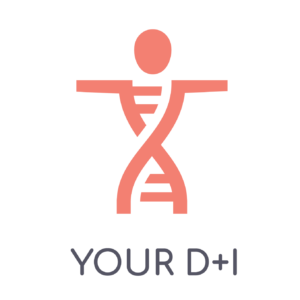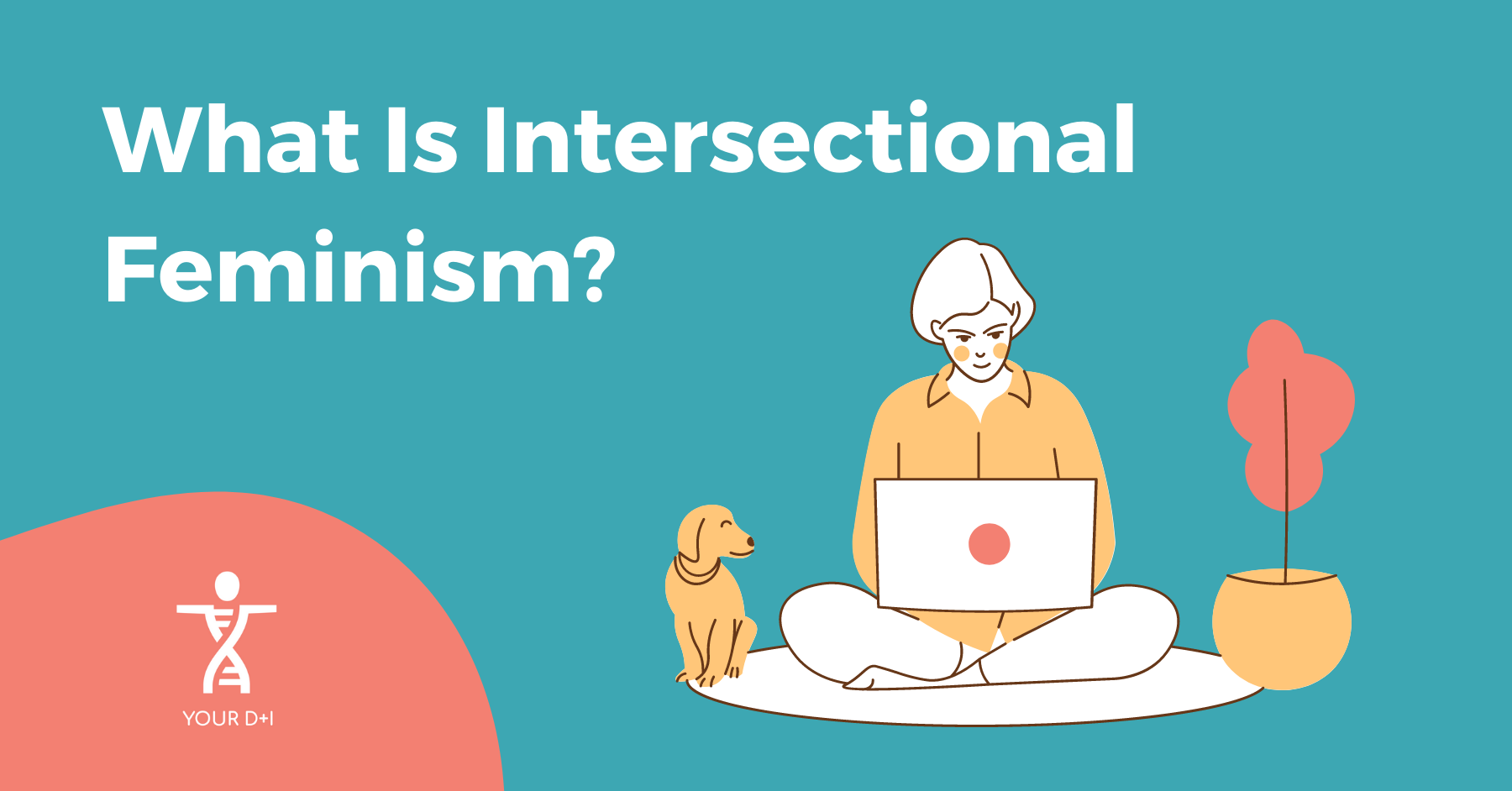What Is Intersectional Feminism?
Feminism is an extraordinarily important movement that has gained traction at incredible speeds over the last decade. At its core, feminism stands for the rights of women. However, there is so much more to feminism when it is approached with an intersectional lens.
With International Women’s Day finally here, it’s the perfect time to learn about intersectional feminism – whether you’re brand new to the movement or have been a feminist for years. In fact, the theme this International Women’s Day is ‘Choose to Challenge’. So why not challenge your thinking by learning about intersectionality?
What is intersectionality?
If you don’t know what intersectionality is, here is a brief overview. Intersectionality is the consideration of all different types of discrimination and privilege in society. This includes gender, race, class, sexuality, gender reassignment, religion, disability, age and even physical appearance.
In turn, intersectional feminism understands all other areas and how they link to gender inequality. This link could be within an individual who has multiple protected characteristics. Alternatively, it could be how different privileges affect one another in society. For example, how black people are more likely to be from a low socioeconomic background.
The benefits of an intersectional view
Feminism is a social movement that fights gender inequality. However, it is also a way of looking at the world with knowledge of society as a patriarchy. Intersectionality allows for an even deeper understanding of our patriarchal society. Its treatment of women is one of society’s key flaws, but it is not its only one. It also contains racism, homophobia, ableism and transphobia – just to name a few.
All of these areas of discrimination also interact or overlap, and when they do, it is called an intersection. Intersectionality pays attention to each type of discrimination and their interactions instead of just one – like sexism.
Feminism and intersectionality
Intersectionality allows for a better understanding of feminism. This is because there are many intersections made up of gender and another area of privilege. If you educate yourself in other areas, you will see how it impacts and is impacted by sexism.
This deeper understanding can directly help you support women who have additional protected characteristics to being a woman. For example, if you understand the impact of race in society, this will help you support black women. Similarly, understanding transgender issues will help you give support to trans women. In the fight for all women, feminism benefits from an intersectional lens.
Feminism for non-women
As we know, feminism aims to end gender inequality. The largest group affected by this phenomenon is, of course, women. But they are far from the only group.
Those with non-binary genders are also affected by society’s gender disparity. Non-binary individuals are, like women, also mistreated due to their gender. Unlike women, though, this mistreatment is often in the form of disbelief and/or disrespect of their gender identities.
Similarly, trans men can also experience society’s sexism. Whether it is before transitioning or even after, a trans man may have been treated as a woman during his life. And, with this, trans men can have first-hand experience of misogyny. Some trans men also have to deal with accidental misgendering or people not believing their identities. This can also mean they are treated with misogyny in addition to transphobia.
Feminism and transmisogyny
A key type of gender inequality is that faced by trans people, which is called transmisogyny. This is the intersection between misogyny and transphobia, and it most affects trans women.
An example of transmisogyny is the fact that gender roles are often forced upon trans people even more than they are on cisgender people. For example, trans people often feel a pressure to ‘look/act cisgender’ to earn the respect of others. This can lead to trans people feeling that they must closely follow gender roles.
It also means that the pressure that trans people face to conform to beauty standards is also more intense. Many trans women may feel that they must wear makeup and wear certain clothes to be accepted as women. In reality, trans women should be accepted as women simply because it is what they are.
Transmisogyny and sex
In addition, trans people also face a similar pressure to be ‘trans enough’. This can manifest as the expectation for all trans people to transition in a certain way. For example, many feel pressure from those around them to have gender confirmation surgeries (GCS). This is linked to misogyny as it comes from society’s belief that there is a certain way to be each gender – in this case, having a certain body.
Trans women undoubtedly experience transmisogyny, but trans men also experience this intersection of discrimination. Think of the many times you’ve heard people make jokes about someone having a ‘small penis’ or ‘no balls’. The idea that certain genitalia is associated with strength is an issue in its own – particularly when the insult is aimed at women. But have you ever considered that laughing at the idea of men not having these body parts belittles trans men?
The key issue at play here is the idea that gender and sex are rigid, binary concepts. In actual fact, there are countless way to be, express and identify when it comes to sex and gender.
Transmisogyny in feminism
This binary idea of gender and sex can be found within feminism in the phonomenon known as vagina-centric feminism. This is when feminists equate their female identity with their ‘female’ genitals in an expression of power. Think phrases like ‘pussy power’.
Vagina-centric feminism can be seen as a sort of reclamation, like the LGBT+ community has done with ‘queer’. Men have objectified women and viewed them as nothing more than their genitals for thousands of years. With phrases that equate female power to vaginas, cisgender women are reclaiming this objectification.
However, they do so by reinforcing a binary view of sex that is exclusionary of trans women, who should be just as much part of the statement as any other woman. It also adds to the narrative that trans women must undergo GCS – because even feminists won’t see them as women if they do not. These ‘feminist’ statements also kill two birds with one transphobic stone by denying trans men of their gender identities because they may have the same or similar genitals to cisgender women.
Feminism should be about all women, whether they are trans, black, disabled or anything else. If your knowledge is lacking in a certain area, such as transphobia, educating yourself could help you become more inclusive and also gain a deeper understanding of feminism.
Embracing intersectionality
To round up, we’ve established what intersectionality is and how it can allow for a deeper understanding not only of society but also of supporting women. Understanding all of the different areas of discrimination and privilege in society – as well as their intersections with sexism – will help you better understand gender issues.
We’ve also explored the intersection between misogyny and transphobia, transmisogyny. However, there are many other intersections between sexism and other types of discrimination. For example, the ‘pink tax’, in which products marketed towards women are more expensive, affects women from lower socioeconomic backgrounds more severely. Another important intersection is between misogyny and racism, which is often erased by white feminism.
Embracing intersectionality will allow you to become more inclusive and to better understand your privilege. It may seem intimidating, but educating yourself on topics like race, disability and trans issues is a great start. For more guidance on becoming a intersectional feminist, keep an eye out for another blog on this topic soon! You can also check out our Diversity + Inclusion workshops and other services!


